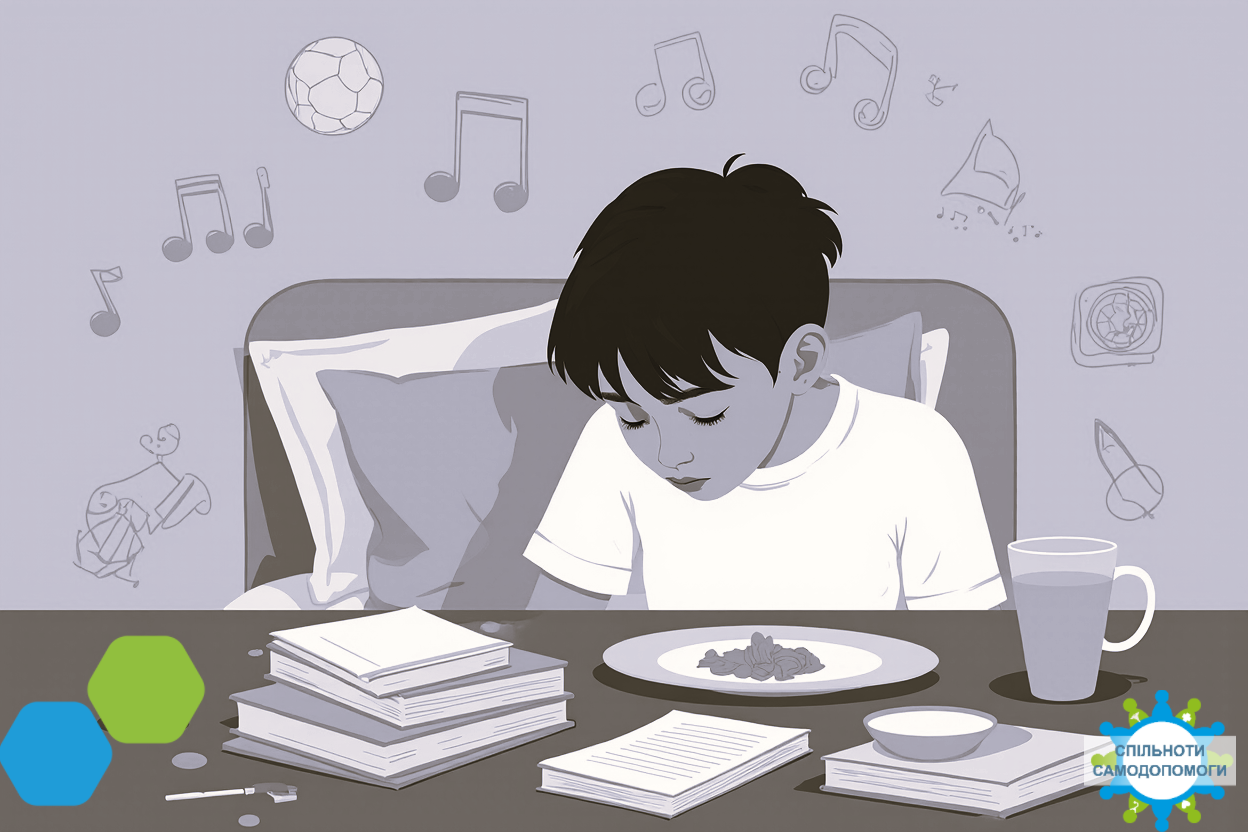
The term depression literally translates as “to press down” or “to suppress.” In its technical Latin origin, depressio appears as early as the 1st century BCE in the writings of Roman architect Vitruvius, who used it to describe the foundation of a building: a structure must press firmly into solid ground, which remains in a state of “depression” under the weight of stone. By analogy, a person experiencing depression exists in a state of emotional suppression, as if under the pressure of an immense weight.
A person with depression loses interest in activities that once brought joy and becomes unable to carry out everyday tasks. Depression knows no boundaries of age, gender, or nationality—it can affect anyone. However, childhood depression often goes unnoticed or underestimated, as mood changes in children are frequently considered normal. For instance, during adolescence, hormonal shifts can cause emotional fluctuations that may mask symptoms of depression.
Answering the question “Why does depression occur?” is not straightforward. Yet modern research identifies two primary categories of contributing factors: internal and external. Accordingly, depression is classified into two types:
Endogenous depression — arising independently of external influences, often with genetic predispositions.
Exogenous depression — triggered by external stressors and environmental factors.
Children at elevated risk of developing depression typically fall into one or more of the following categories:
High-Risk Groups:
Traumatic experiences Children who have witnessed or been victims of violence (physical, psychological, or sexual), lost loved ones, experienced evacuation, bombings, or other war-related events are at high risk.
Family history of mental health disorders Children with close relatives (parents, siblings) who have experienced depression, anxiety, or other mental health conditions face increased risk due to genetic and environmental factors.
Chronic physical illness or disability Children with chronic conditions (e.g., diabetes, asthma, epilepsy) or disabilities often experience stress, social isolation, or low self-esteem, increasing vulnerability to depression.
Family instability and adversity Children living in families with conflict, parental separation, substance abuse, or emotional neglect are more susceptible to depressive symptoms.
Social difficulties and bullying Children exposed to bullying, peer rejection, or isolation—especially without adequate support—are at heightened risk.
Forced displacement and cultural adaptation Children forced to leave their homes due to war, relocate to new countries, or adapt to unfamiliar cultural environments may struggle with loss of stability and belonging.
Temperamental and personality traits Children with high sensitivity, anxiety-prone tendencies, self-criticism, or low self-esteem may be more vulnerable to depression.
Early Warning Signs for Parents and Caregivers
To recognize and prevent the development of depression, it’s crucial to monitor three key areas of a child’s life: sleep, nutrition, and behavioral changes. Disruptions in these areas may signal emotional distress.
Duration matters: If negative changes persist for two weeks or longer, professional consultation is recommended.
Common signs include:
Withdrawal from social interaction and reduced communication.
Declining academic performance or loss of interest in learning.
Frequent complaints of physical symptoms (e.g., stomachaches, headaches, fatigue).
Loss of interest in previously enjoyable activities.
Difficulty concentrating or completing tasks.
Sleep disturbances (insomnia, frequent waking, or excessive sleepiness).
Support Strategies for Adults
Maintain open communication Foster a trusting environment where the child feels safe expressing emotions without fear of judgment. Practice active listening and avoid dismissive advice like “don’t worry” or “pull yourself together.”
Establish daily routines A consistent schedule for sleep, meals, school, and leisure helps reduce stress and anxiety. Ensure the child gets enough rest, nutrition, and physical activity.
Encourage participation in daily life Involve the child in everyday activities—shared hobbies, household tasks, or play—to reinforce a sense of belonging and purpose.
Take symptoms seriously Don’t dismiss depressive signs as mere moodiness or “just a phase.” If symptoms persist or interfere with daily functioning, seek help from professionals (family doctor, child psychiatrist, psychotherapist).
Care for yourself too A caregiver’s emotional stability is vital. Don’t hesitate to seek support—parental counseling, support groups, or psychological assistance can be invaluable.